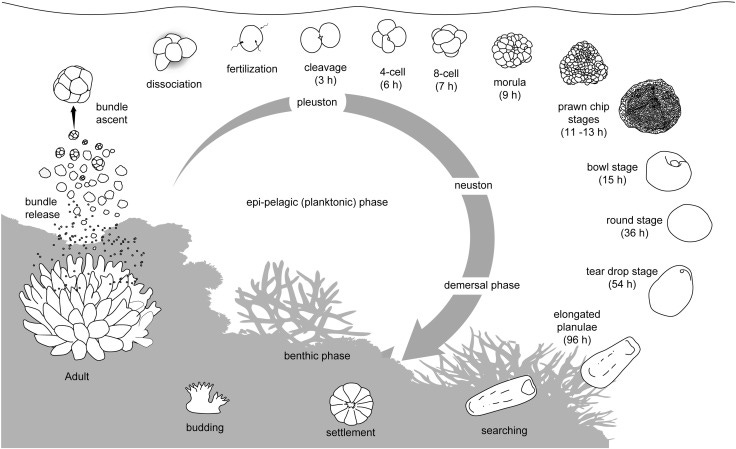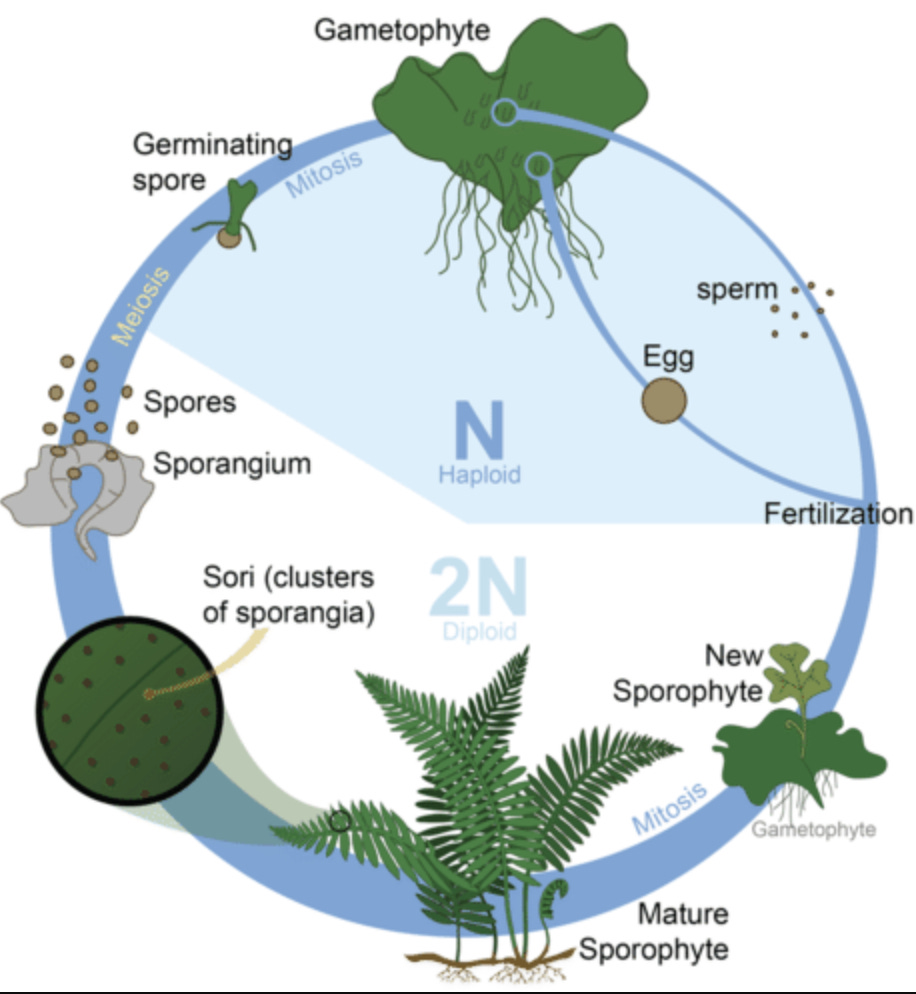I saw this mushroom on my walk today, and given I went through a large reorg at work recently, this got me thinking a lot about bardos and impermanence.
You might have heard the term “bardo”. It’s a Tibetan phrase that’s often confused with “afterlife” (as in the book “Lincoln in the Bardo”) but in reality it refers to cycles of being. Here is Sogyal Rinpoche describing it in The Tibetan Book of Living and Dying:
It is true that "bardo" is used in everyday speech among Tibetans for the intermediate state between death and rebirth, but it has a much wider and deeper meaning. […]
We can divide the whole of our existence into four realities: life, dying and death, after-death, and rebirth. These are the Four Bardos:
the "natural" bardo of this life
the "painful" bardo of dying
the "luminous" bardo of dharmata
the "karmic" bardo of becoming
[…]
What distinguishes and defines each of the bardos is that they are all gaps or periods in which the possibility of awakening is particularly present. Opportunities for liberation are occurring continuously and uninterruptedly throughout life and death, and the bardo teachings are the key or tool that enables us to discover and recognize them, and to make the fullest possible use of them.
However, Bardos aren’t just about human death - they are happening all the time. It’s any state of transition - it’s the motions of being and inter-being:
Because life is nothing but a perpetual fluctuation of birth, death, and transition, so bardo experiences are happening to us all the time and are a basic part of our psychological makeup. Normally, however, we are oblivious to the bardos and their gaps, as our mind passes from one so-called "solid" situation to the next, habitually ignoring the transitions that are always occurring. In fact, as the teachings can help us to understand, every moment of our experience is a bardo, as each thought and each emotion arises out of, and dies back into, the essence of mind. It is in moments of strong change and transition especially, the teachings make us aware, that the true sky-like, primordial nature of our mind will have a chance to manifest.
So what about that mushroom?
Well, the thing we call a mushroom is just the fruit body of mycelium which are groups of cells called hyphae. These little hyphae are everywhere underground - according to the movie “Fantastic Fungi” every footstep is 300 miles of mycelium. The hyphae can’t travel very far, so when conditions are just right, the mycelium make a mushroom which then is used to spread spores far and wide.
Connecting this to bardos, the mushroom is but one step in the process. There is the spore, which becomes mycelium, which becomes mushroom, which becomes spore… It’s a cycle of being.
This mushroom lifecycle demonstrates the essence of Buddhism. From Thich Nhat Hanh’s, “The Heart of the Buddha’s Teaching’:
The Buddha taught that everything is impermanent - flowers, tables, mountains, political regimes, bodies, feelings, perceptions, mental formations, and consciousness. We cannot find any thing that is permanent. Flowers decompose, but knowing this does not prevent us from loving flowers. In fact, we are able to love them more because we know how to treasure them while they are still alive. If we learn to look at a flower in a way that impermanence is revealed to us, when it dies, we will not suffer. Impermanence is more than an idea. It is a practice to help us touch reality.
When we study impermanence, we have to ask, "Is there anything in this teaching that has to do with my daily life, my daily difficulties, my suffering?" If we see impermanence as merely a philosophy, it is not the Buddha's teaching. Every time we look or listen, the object of our perception can reveal to us the nature of impermanence. We have to nourish our insight into impermanence all day long. When we look deeply into impermanence, we see that things change because causes and conditions change. When we look deeply into nonself, we see that the existence of every single thing is possible only because of the existence of everything else. We see that everything else is the cause and condition for its existence. We see that everything else is in it. From the point of view of time, we say "impermanence, and from the point of view of space, we say "nonself." Things cannot remain themselves for two consecutive moments, therefore, there is nothing that can be called a permanent "self." Before you entered this room, you were different physically and mentally. Looking deeply at impermanence, you see nonself. Looking deeply at nonself, you see impermanence. We cannot say, "I can accept impermanence, but nonself is too difficult." They are the same.
Understanding impermanence can give us confidence, peace, and joy. Impermanence does not necessarily lead to suffering. Without impermanence, life could not be. With out impermanence, your daughter could not grow up into a beautiful young lady. Without impermanence, oppressive political regimes would never change. We think impermanence makes us suffer. The Buddha gave the example of a dog that was hit by a stone and got angry at the stone. It is not impermanence that makes us suffer. What makes us suffer is wanting things to be permanent when they are not.
So when talking about the mushroom it’s tempting to think “the mushroom is being born now” when in reality it’s been living under ground the whole time as mycelium - hundreds of miles of them under an average step in the forest! What happens for the fruit body (the red mushroom above) is just that the conditions in the world are such that the fungi has now decided to bloom.
When is the mushroom “born”? When the fruit body shrivels, has the mushroom “died”? Is the spore alive or dead? The fungus lifecycle has no beginning and no end. The spores, the fruit body, the mycelium, the soil around it, the rain that allows it to be in the shape it is at this exact minute. It’s all impermanent and interconnected.
When studying animal and plant biology you encounter this pattern everywhere. Here is the lifecycle of coral - moving from solid thing we call coral, to larvae, to coral:
And here is the gametophyte → sporophyte cycle for moss:
They’re all the same pattern… When does the coral stop becoming a coral? When is the moss born? They go through bardos of becoming…
Of course, it’s even more complex and interwoven than this. The term “circle of life” implies a closed circle. It also implies clear delineations between states. But if you look at reality you see all the other pieces that aren’t represented in the diagrams - the soil, the worms, the humans, the bacteria; the ocean, the salinity, the air, the sun. Everywhere cycles within cycles.
So too when we breathe. It’s a bardo of in-breath, hold, out-breath, hold, and repeat. But when does the breath start and where does it end?
This is the non-self Buddhism speaks of. Everything around us is just a manifestation of conditions that make it possible at this exact moment. This is the impermanence that we are asked to keep in mind. Impermanence and non-self require no leap of faith - they are just biological and physical reality.








This is a very profound article. The point about the cycle of life not being a linear sequence of events is very very interesting. Our general view of life tends to be reductionist. A number of boxes that feed each other. Life follows birth. Death follows life. In the domain that this article touches, having an emergence view of things appears to be more fruitful. This is truly an inspirational, ie, spirit-provoking, as well as thought-provoking, article. Thank you!